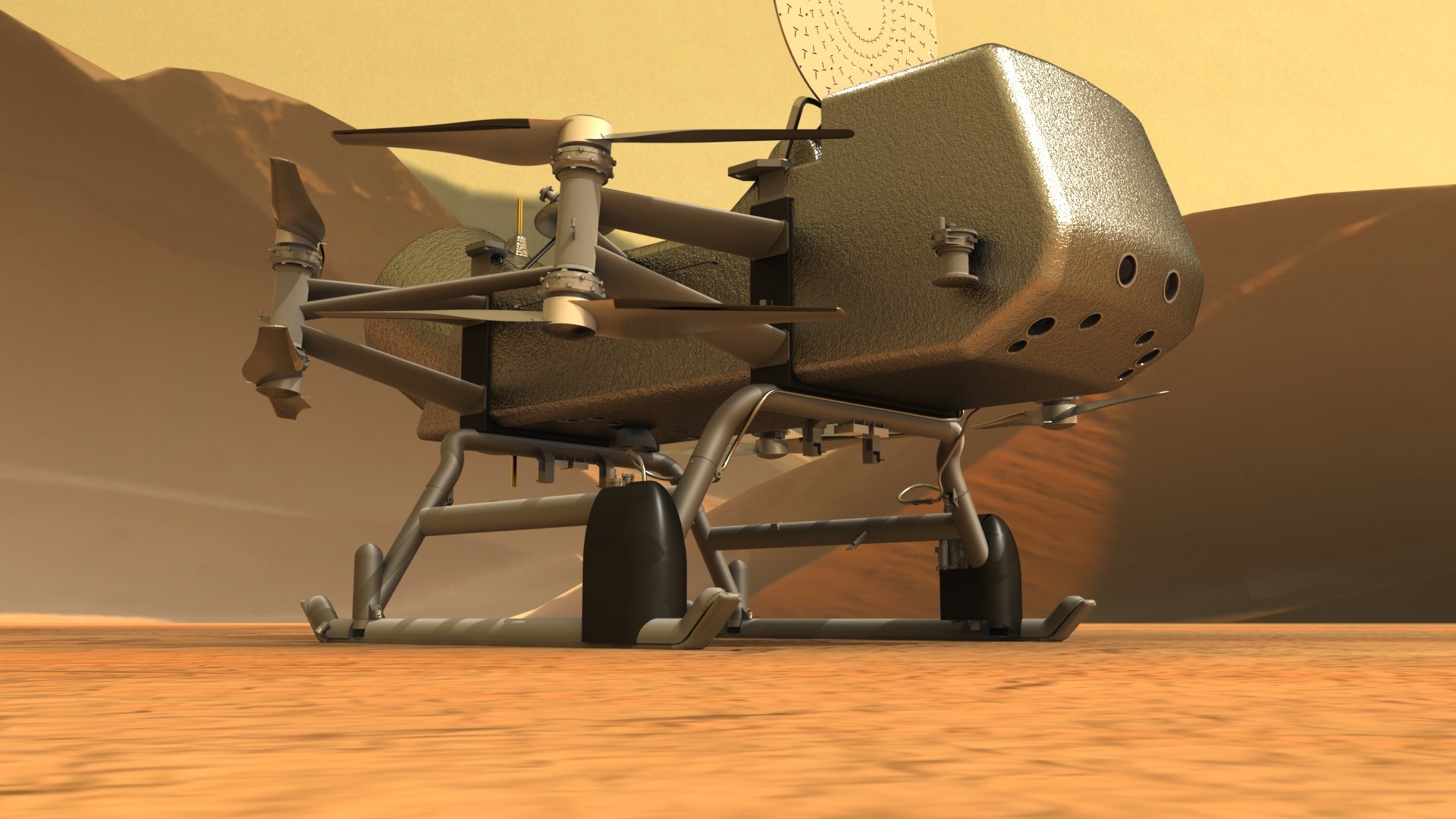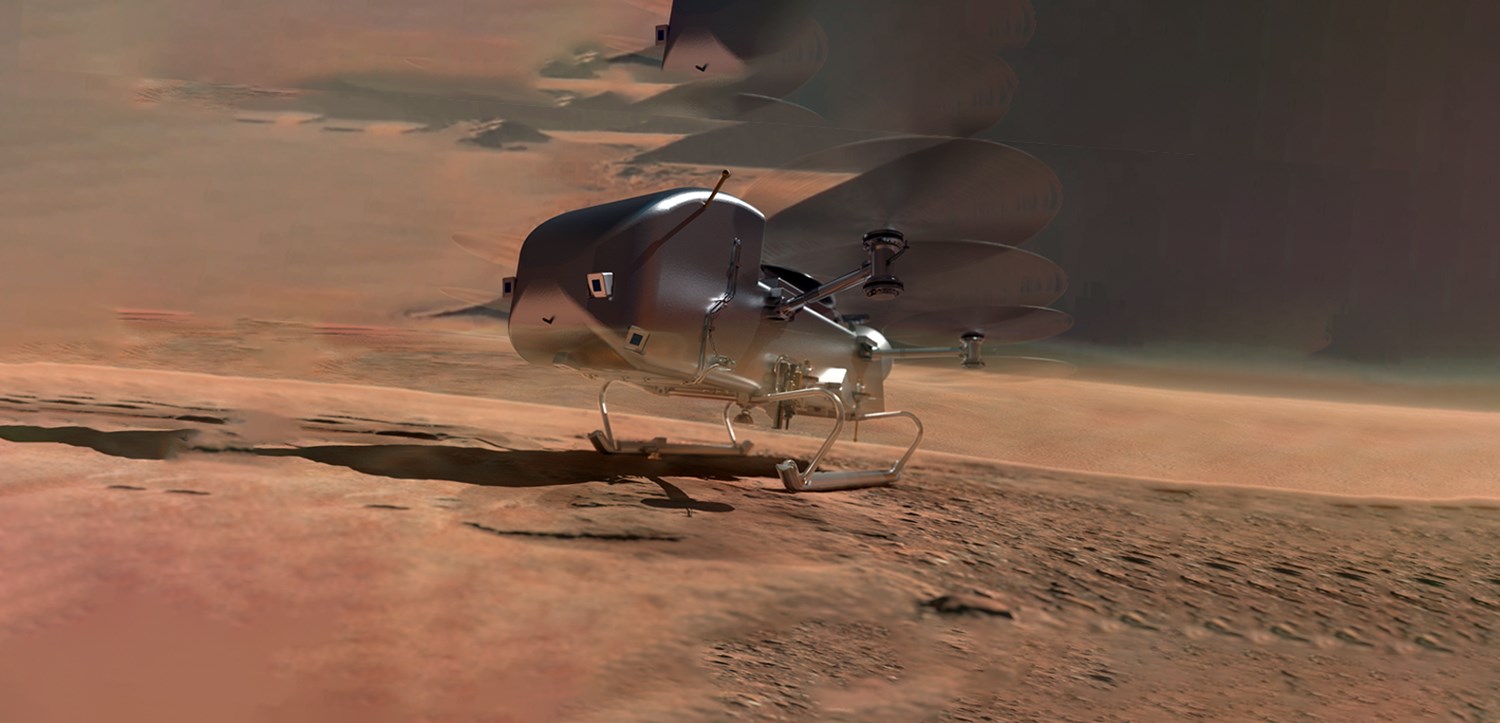 A new phase has been reached in NASA’s exploration mission of Saturn’s moon Titan. If all goes as planned, the car-sized nuclear drone will be ready in 2028.
A new phase has been reached in NASA’s exploration mission of Saturn’s moon Titan. If all goes as planned, the car-sized nuclear drone will be ready in 2028.With NASA’s approval, Hopkins Applied Physics Laboratory (APL) will move into the final phase of the design and development of the Dragonfly drone.
Why go to Titan?
Some icy moons in our solar system, including Jupiter’s Europa and Saturn’s Enceladus, are believed to harbor underground oceans beneath their thick icy crusts. Titan stands out as the second largest satellite in our solar system and the only satellite in the solar system with a thick atmosphere. It is also the only celestial body other than Earth that has liquid rivers and lakes. Titan’s atmosphere consists of nitrogen, just like the Earth, and contains a small amount of methane. It also rains like it does on Earth. And it is thought that there may also be organic molecules on the surface of this fascinating moon. Therefore, it is a place worth exploring.
Dragonfly will have many instruments when it reaches Titan. It will investigate whether there is life on Titan by searching for organic compounds with cameras, sensors and sampler probes. It will also examine the state of the prebiotic chemical structure.

Subjected to rigorous testing
Of course, this space mission poses huge engineering challenges. The drone is subjected to many tests to make sure everything works perfectly. For example, the drone’s guidance, navigation and control systems are being tested in the sandy soil of the California deserts, similar to Titan’s surface. Flight system tests are also carried out in the wind tunnel. Dragonfly is also subjected to temperature and pressure tests in a specially built room that mimics Titan’s atmospheric conditions.
Originally, the Titan mission was planned to be carried out in 2027, but was postponed to 2028 due to budget constraints. If everything goes well, Dragonfly can open new horizons for us with the information it obtained from Titan.